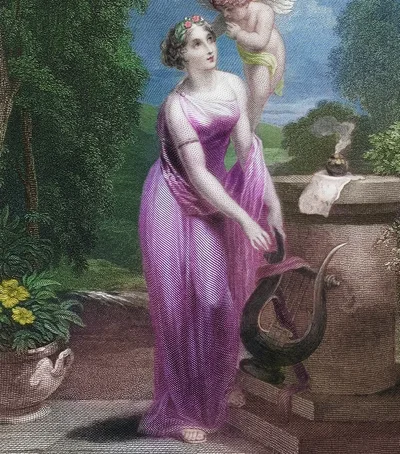
1. The origin of the Summer Day comes from antiquity. It is an Arbëresh feast, inherited in particular by the citizens of the ELM Elbasani (ancient Skampa) and is always celebrated on March 14.
2. Summer Day, known as the holiday of nature renewal and continuity of life, is today a national holiday and is celebrated nationally as such.
3. Breakfast of March 14 - All wake up with the same prayer: Inshallah is a good time! The ritual followed with the preparation by the owner of the plate dish to make daggers to relatives etc. Here came the cockroach, balloons or wafers, boiled eggs, nuts, pairs and 2-3 biscuits with flowers, usually Misir flowers, which early in Elbasan.
4. The cult of this sacred day "its temple" has since been in the Elbasan area, as in this area there was the shrine of Czernija Zana (Diana Candaviensis). In ancient times, the goddess Diana was kept as a hunter of hunting, forests, and all of nature. She was worshiped not only in Illyrian spaces but throughout the Mediterranean coast. Its statues are found not only in Apollo, but also on the coasts of North Africa and Asia Minor.

5. The fact that a mystical holiday of nature was preserved in the city of Elbasan and followed "clean" to this day, despite the historical, ideological, and religious tide, constitutes a nationwide pride and wealth.
6. The distinctive sign of this celebration is cooking balloons. While in Lezha, summer days sparked fires and gave strength to the sun in the yard and in the gardens. Women became magical rites against other pests, robberies.
7. On March 13, people get a small herd of grass with their roots and soil to have them on the morning of March 14 at home. This ancient custom is preserved and celebrated not only in Elbasan, but also in Debar, Struga and Prespa.
8. Summer Day was the beginning of the year according to the very ancient calendar of Albanians, a day that was celebrated many centuries before Christianity was born. It was celebrated on March 1st of the Julian calendar, the first day of the new year (according to the Gregorian calendar, March 14).
9. The Iranian people (the founders of this festival) celebrate on March 21, because precisely on this date begins the first spring season, exactly on this date begins the first astrological sign, Dashi, which is a sign of fire, therefore the symbol of this celebration is the fire.

10. Although this celebration takes place in the spring, in ancient times only two seasons were known: Summer, which started in March and ended in September, and winter, from September to February. So, from a scientific point of view, this celebration must be celebrated on March 21, because at that time the day and night are the draw.
11. Many years ago, the festival in Elbasan was of great proportions. A couple of months ago, and earlier, the turkey was provided, which together with ballakumen and revanion were the most representative festivals. Sea Shell has traditionally been part of the Summer Day. The horse was fed with hooves to be big, fat, with fine feathering and "strong."
12. After that date came the kingdom of the sun (ancient pagan god), the day began to protrude and the sun seemed more and more.
13. A long time ago this celebration was celebrated on March 1, because March was the first month. Today, we all use the Gregorian calendar, set by Pope Gregory, this is a calendar based on the Sun.
14. The Morning of the Summer was carried out and another unusual ritual. Little boys came out early in the morning and slammed the hammer door (non-relatives). If the call was heard from within: - Who is it? - then the boy started strings:
"Take the lice of fleas,
Fool's sleep
Wine fever
With hammer door "
The symbolism of this rite was that the alien would remove the leagues from his door, leaving it to the other door.





